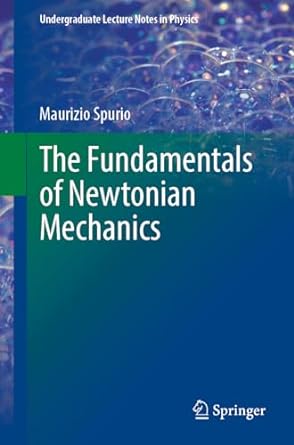An industrial electromechanical device (Fig. 6.9) is used to stop small objects in motion that have become
Question:
An industrial electromechanical device (Fig. 6.9) is used to stop small objects in motion that have become negatively charged by electrostatic friction during production. The motion of such objects takes place (with completely negligible friction) along the \(x\) axis as shown in the figure, with velocity \(v_{0}\); the braking device begins to operate at \(x=0\), in the positive region. The magnitude of the force exerted by the device depends on the position \(x\) (in \(\mathrm{m}\) ), and can be represented by the equation: \(F=q \cdot k \cdot x\), where \(q\) [measured in Coulombs (C)] is the electric charge deposited on the object and \(k=0.23 \times 10^{6} \mathrm{~N} /(\mathrm{m} \mathrm{C})\) a characteristic constant.
1. Write the expression of the work done by the device to brake an object with charge \(-q_{0}\) from position \(x=0\) to a generic position \(x_{o}\).
2. Calculate the distance \(\mathrm{L}\) traveled by an object of charge \(q_{0}=-7 \times 10^{-6} \mathrm{C}\), mass \(m_{0}=20.0\) \(\mathrm{g}\), initial speed \(v_{0}=11.4 \mathrm{~km} / \mathrm{h}\) until it stops.
3. Write the differential equation describing the motion and the corresponding equation of motion, assuming that at \(t=0\) the object is at position \(x=0\);
4. Calculate the time \(t^{*}\) that the object described above takes to stop at the point \(L\).
5. Determine the distance \(L_{1}\) and time \(t_{1}^{*}\) to stop for an object moving with speed \(v_{1}=2 v_{0}\).
Fig. 6.9

Step by Step Answer:






